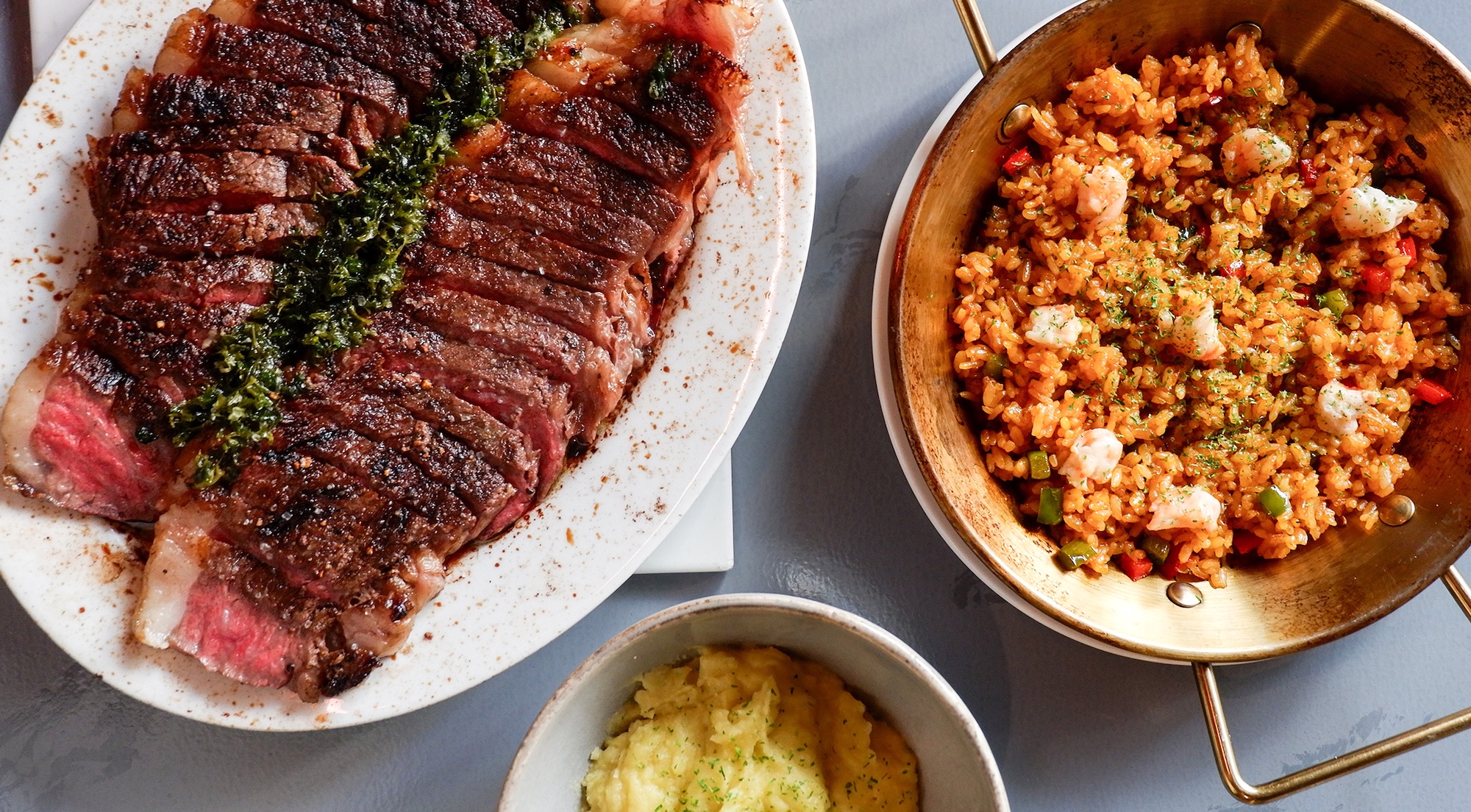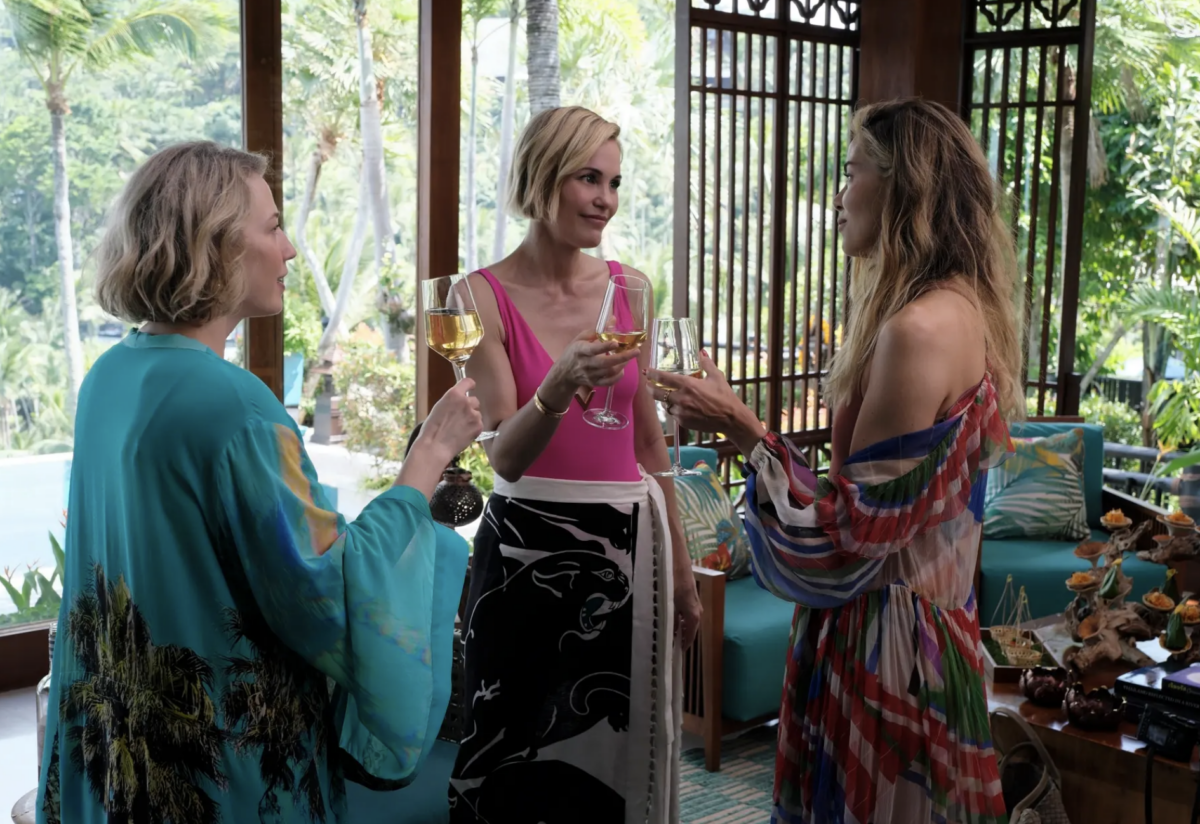The other night, we had some friends from Sweden over for dinner. We had spent the day touring Manila, including the spanking new Museum of Natural History, so there was no time to prepare any special food.
We sat down to what would have been an ordinary weekday meal at home: stuffed cabbage, a vegetable stir-fry, and fruit salad. But one of our visitors exclaimed: “This is like Swedish food when we were growing up!”
Although our harkening back to Scandinavian food in the 1980s was completely accidental, it’s not the unlikeliest of possibilities that dishes from days of yore would have survived in the Philippines, where the past takes on a life of its own. If you tune in to almost any FM station, you might be hard-pressed to know what decade you are in. Along with Hawaii and Guam, we remain eager consumers of Spam—even if World War II has been over for more than half a century.
I don’t view these as signs of a retrograde cultural heritage, but just a willingness to let good things from the past hang around.
Past and present
Shakey’s Pizza has changed ownership many times in the United States and has only 51 restaurants in its home country. In 1975 it was franchised in the Philippines, where the number of branches has tripled.
The range of pizza available in the country reflects the evolution and adoption of pizza from the US—from its roots among Italian immigrants to being a mainstream food phenomenon.
Pizza brands 3M and Greenwich are basically bread with melted cheese on top. Shakey’s is pizza in the form that gained mass acceptance in the US, with a crisp-as-cracker base.
These days, popular kinds of pizza include New York-style, as well as genuine brick-oven-cooked from Italian restaurants, and the sourdough naturally leavened kind.
The new has not displaced the old, but only squeezed it into a niche.
Hamburgers, too, have undergone a similar transformation. In the global urban dining landscape, the phenomenon of the “gourmet burger” has been steamrolling the competition remorselessly.
I can’t complain too much. When I was living in London, a thick, juicy burger for £6.95 was one of the few meals we could afford on a Friday night when we were too tired to cook.
In the Philippines today, the posh burger makes restaurateurs happy with its high margins on ground beef, and customers happy with a satisfying meal for comparatively little. (My favorites are 8 Cuts and the Pink’s.)
The McDonald’s hamburger has changed little over the years, remaining resolutely insipid. But its forebear in the country was the thin, sweet, oddly scented Tropical Hut hamburger, which for many of my generation, was the very first burger.
Growing up and on nights when we staggered home late from a high school night-out, we would find ourselves at Burger Machine—the proto-food truck. The patty went straight from the freezer onto the grill, a soft bun was gently toasted, and the whole thing was assembled with a slab of neon cheese and a big dollop of coleslaw.
More often than not, we’d eat it while watching the cockroaches fighting over the scraps at our feet.
Nostalgia as dangerous drug
I might be one of the last people who go to restaurants like Mario’s. I really still like its Caesar Salad whipped up at tableside, and crêpes Suzette with a theatrical flambe.
Mario’s reminds me of my childhood when it was the top restaurant in Baguio (aside from the “Main Club” at Camp John Hay, which you had to dress up to get into).
Nostalgia is a dangerous drug, especially for aging people like me. The food we remember from those days is associated with a Manila that was traffic- and pollution-free, when even the upper middle class commuted on the Love Bus, and people dressed up to go to Luneta and dine at Manila Hotel afterwards.
It all seems so idyllic now—but I also remember how roads would go unpaved for years, and our street was dubbed “surface of the moon” (though this didn’t stop us from riding our bikes outside).
It took years to get a phone line, which you might have to share with a partyline.
And, of course, it was martial law, and there were checkpoints and “salvaged” bodies covered with newspapers.
For me, life was simpler then because I looked out at the world from the viewpoint of a child. For those older than I, life was rosier then because it was less confusing—you had the telex and the telephone, and news came in the newspapers.
Journalism was about the courage to get the story and print it. It was assumed that it would reach its audience, and that people would care.
We look back—even as there are people who wrongly remember martial law as a time of orderly rule and of Imelda’s patronage of the arts at the CCP—rather than go out and see the vibrant independent theater scene flourishing today.
I still enjoy raisins in my salad, a good meatloaf from time to time, and a proper fruit cake with lots of brandy. I even like jello, one of the highlights of the buffet table that has been relegated to the hospital bed.
Enjoying retro food is like eating nostalgia—but you can’t have too much of it, and at the end of the meal you have to come back to the present. And that’s a good thing, because in the present is where we have to live. —CONTRIBUTED











































